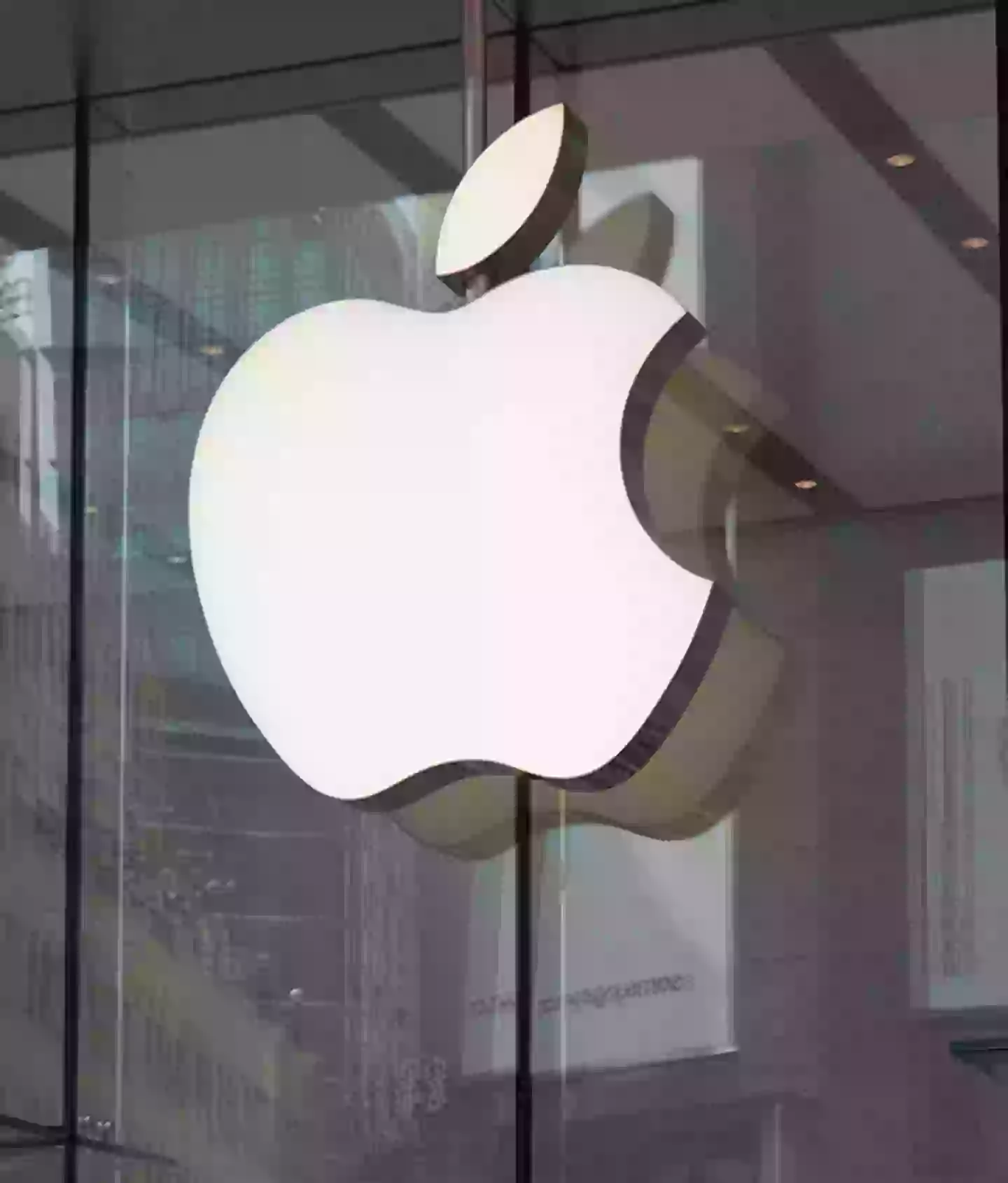
When you trade in an old car or video game, you might receive some cash back or another item in exchange.
And you think nothing more of it.
But have you ever wondered what happens when you trade in your iPhone? What's the process it goes through?
Apple provides a service called Trade In where the company offers you a sum of money for your old devices which you can then put towards a new one.
Advert
If it’s in good nick, Apple will take it off your hands to refurbish it and sell it as a second-hand device.
If your device isn’t "eligible for credit", they will recycle it for free.

"When we receive your device, it will be thoroughly inspected and assessed for reuse or recycling," Apple's website reads.
Advert
"Whether recycled or reused, all activities relating to the processing of your device will be managed in an environmentally responsible way."
The Wall Street Journal went through the doors of the iPhone trade industry to understand how they are refurbished and ultimately, make companies money.
The reporter Joanna Stern visited U.S Mobile Phones (USMP), a major partner in this scheme that processed over 2.5 million trade-in devices last year – most of which were iPhones.
Stern followed an iPhone 11 on its trade-in process to a second life, involving four steps: data erasure, cleaning, grading and kitting.
Advert
“Two-thirds of the phones that arrive at the USMP facility get data-wiped, cleaned up and sold off to wholesalers, often overseas," Stern explained.

“The other third goes to its sister company, Back in the Box, to be cleaned up, refurbished and sold to buyers on Amazon or Back Market, a popular second-hand-phone marketplace.”
The iPhone 11 ended up being listed for resale at $350 (£281) generating a seemingly positive profit as the customer would've received $200 (£161) for trading it in.
Advert
Whilst that may seem like a $150 profit, it instead goes to repair costs.
Back in the Box CEO Ari Marinovsky calculated that the cost to refurbish the device and Back in the Box's 10 percent cut into the profit margin.
However, the CEO explained that the overall pricing gives the end customer a "good discount" whilst also allowing the business to maintain a profit margin of about "10% to 15%."